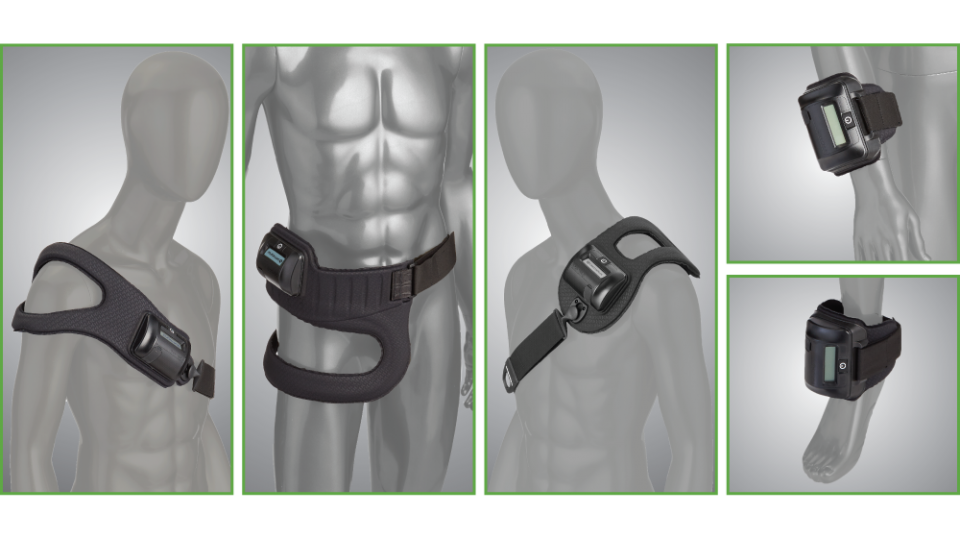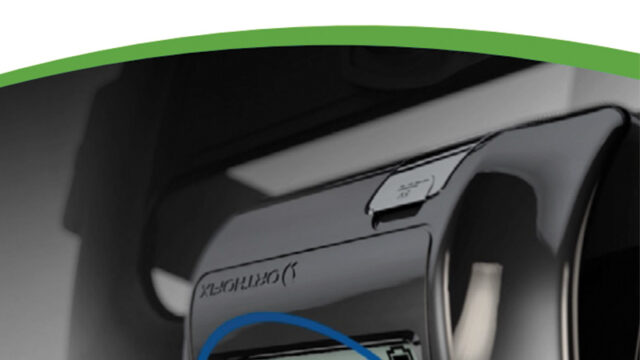PhysioStim
Bone Healing Therapy
The PhysioStim™ device provides a safe, non-invasive option for treating fractures that are difficult to heal. With an overall clinical success rate of 80 percent (up to 88 percent for fracture gaps less than 3mm), PhysioStim devices have high success rates for treating nonunion fractures. The device assists in fracture healing by delivering a pulsed electromagnetic field (PEMF) signal to the targeted fracture site.1,2
The PhysioStim device has been approved by the FDA for the treatment of nonunion fractures.1,2 A nonunion is a fracture that has shown no visible signs of healing. For complete prescribing information, please refer to the Instruction Manual.
This single-piece device is lightweight, flexible and portable, allowing freedom of movement during treatment. Typical prescribed treatment time is three hours per day. An LCD and audible alarm provide important feedback during treatment such as the operational status, treatment time remaining, battery capacity, etc.
Designed for patient ease of use
- Works effectively when worn over clothing, casting or bracing
- Single-piece, cordless design allows for ease of placement and patient mobility
- The STIM onTrack™ app is patient-friendly and provides patients with a treatment calendar, therapy reminders, and additional educational resources.*
Why do physicians prescribe a PhysioStim device?
- High clinical success rates1-3
- PEMF signal covers 360 degrees around the fracture site5
- Ease of placement enables consistent treatment of the fracture site
- Penetrates evenly across tissue, bone, and fixation4
- The STIM onTrack app enables physicians to remotely view patient adherence to prescribed treatments when paired with the DIRECT Physician Portal
*The STIM onTrack app is available as an accessory for US model devices only
Patient Education Websites

Support Material
Footnotes
- PhysioStim PMA P850007, February 1986
- Garland DE, Moses B, Salver W. Fracture healing: Long-term follow-up of fracture nonunions treated with PEMFs. Contemp Orthop. 1991;22(3):295-302
- Orthofix patient registry. PMA P850007/S20. Data on file.
- Data on file. Field mapping analysis conducted by M. Zborowski, Ph.D., Cleveland Clinic.
- Navarro, M., Michiardi, A., Castano, O., & Planell, J.. (2008). Biomaterials in orthopaedics. Journal of the Royal Society Interface, 5(27), 1137-1158.
*Money back guarantee does not apply to wholesale orders.


